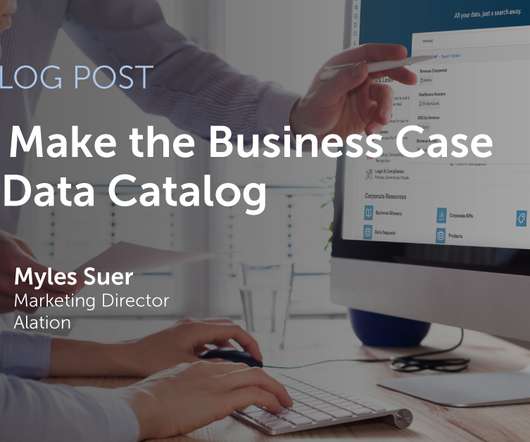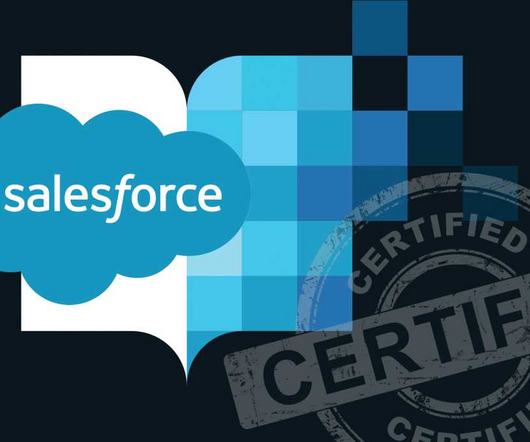The Difference Between Enterprise Architecture and Solutions Architecture
erwin
JUNE 19, 2020
Despite the similarities in name, there are a number of key differences between an enterprise architecture and solutions architecture. Much like the differences between enterprise architecture (EA) and data architecture, EA’s holistic view of the enterprise will often see enterprise and solution architects collaborate.














Let's personalize your content